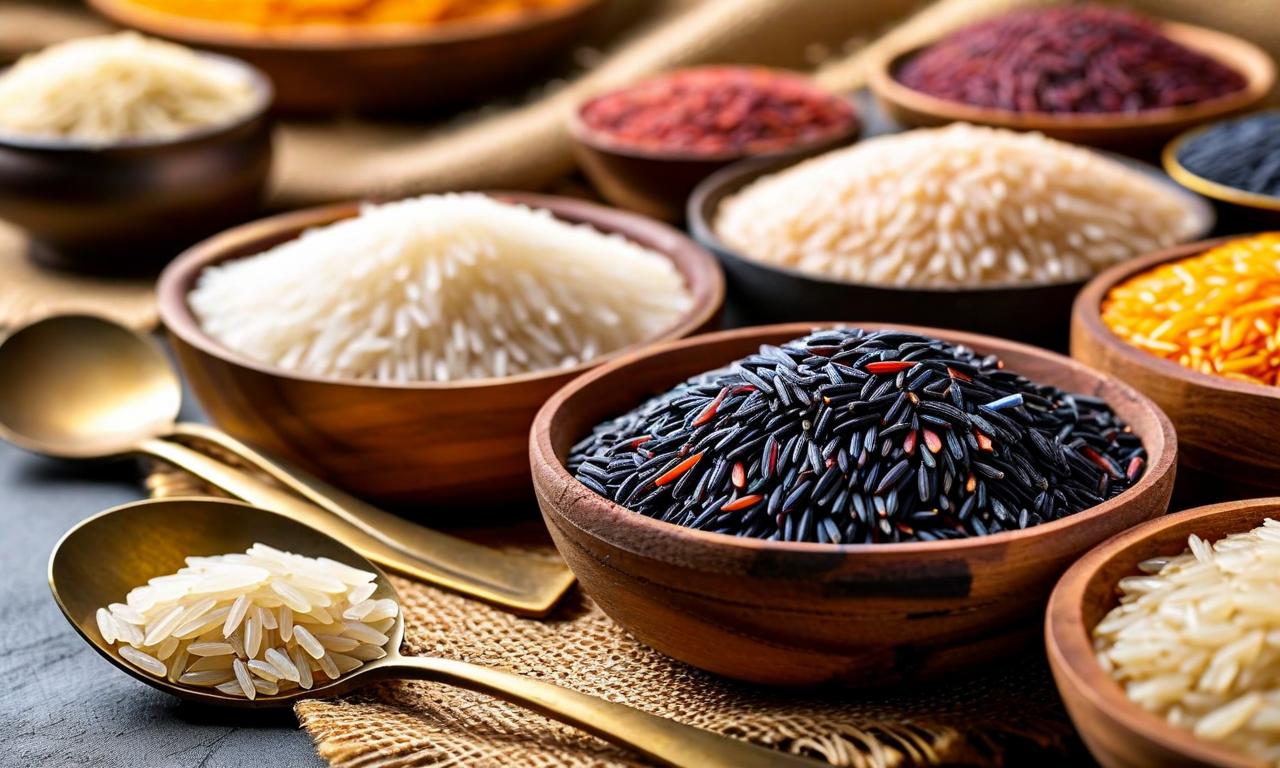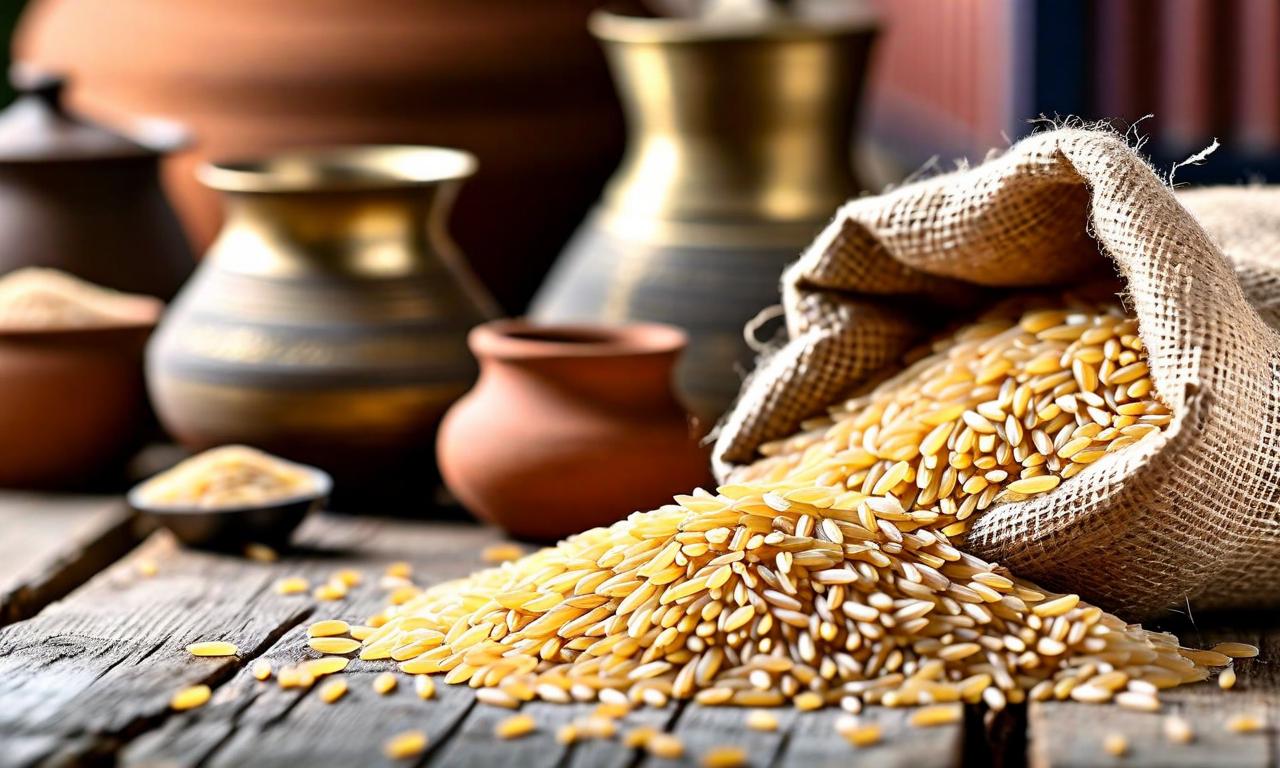India Targets Global Rice Markets with GI Varieties for International Cuisines
India is strategically promoting its rice exports by matching Geographical Indication (GI) rice varieties with popular international dishes. APEDA has identified Japan as a potential market for sticky rice varieties from Jammu & Kashmir and Northeast India. The Ministry of Commerce and Industry has mapped specific Indian rice varieties to dishes across 14 countries, including sushi in Japan and burritos in Mexico. The Bharat International Rice Conference in New Delhi will further explore these export opportunities.

*this image is generated using AI for illustrative purposes only.
India is making strategic moves to boost its rice exports by aligning its Geographical Indication (GI) rice varieties with popular international dishes. This initiative, spearheaded by the government and exporters, aims to tap into new global markets and enhance India's position in the international rice trade.
Exploring New Markets
The Agricultural and Processed Food Products Export Development Authority (APEDA) has identified Japan as a significant potential market for Indian rice. Seven rice varieties from Jammu & Kashmir and Northeast India have been noted for their suitability in making sticky rice, a staple in Japanese cuisine.
Mapping Indian Rice to Global Dishes
The Ministry of Commerce and Industry has conducted an extensive mapping of specific Indian rice varieties to popular dishes across 14 countries. This strategic approach aims to showcase the versatility and quality of Indian rice in various international cuisines.
Here's a breakdown of some key pairings:
| Country | Dish | Indian Rice Variety |
|---|---|---|
| Japan | Sushi | Mushk Budji, Chakhao |
| China | Kimchi fried rice | Adamchini, Khao Tai |
| Mexico | Burritos | Lal Dhan, Wayanad Jeerakasala |
Upcoming Conference
To further explore these export opportunities, the Bharat International Rice Conference is scheduled for October 30-31 in New Delhi. This event is expected to serve as a platform for showcasing India's diverse rice varieties and fostering international trade relationships.
Implications for India's Rice Export Sector
This initiative represents a significant step in India's efforts to diversify and strengthen its rice export sector. By aligning specific rice varieties with popular international dishes, India aims to:
- Increase the demand for its GI rice varieties in global markets
- Enhance the value proposition of Indian rice in international cuisine
- Potentially open new avenues for agricultural exports
As this strategy unfolds, it could lead to increased recognition of India's diverse rice varieties and potentially boost the country's agricultural export revenues. However, the success of this initiative will depend on factors such as international reception, competitive pricing, and consistent quality of the exported rice.





























